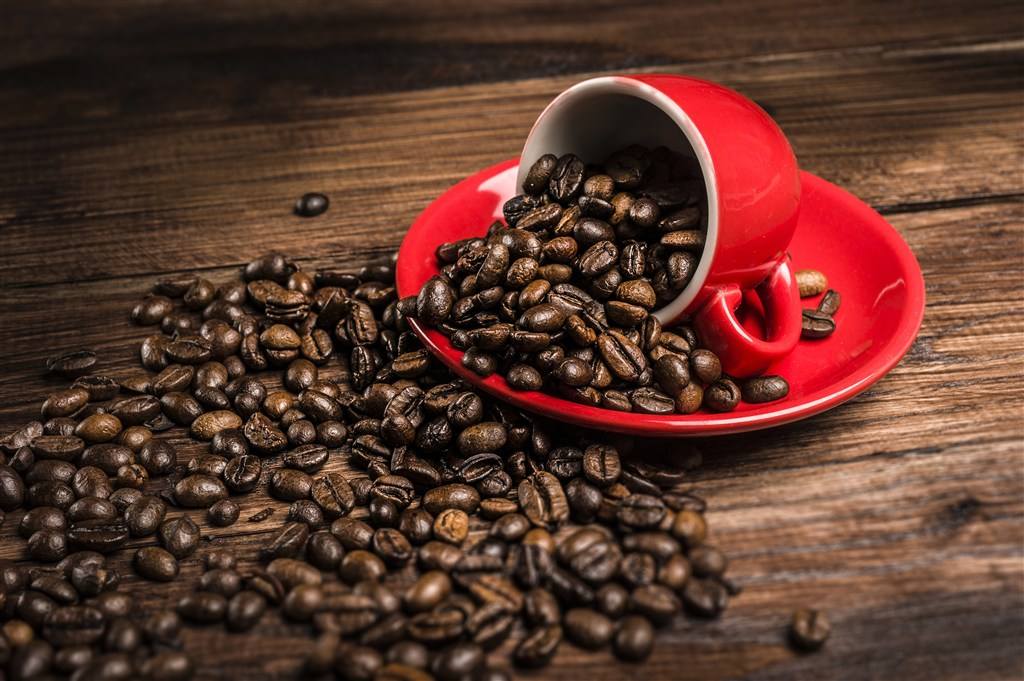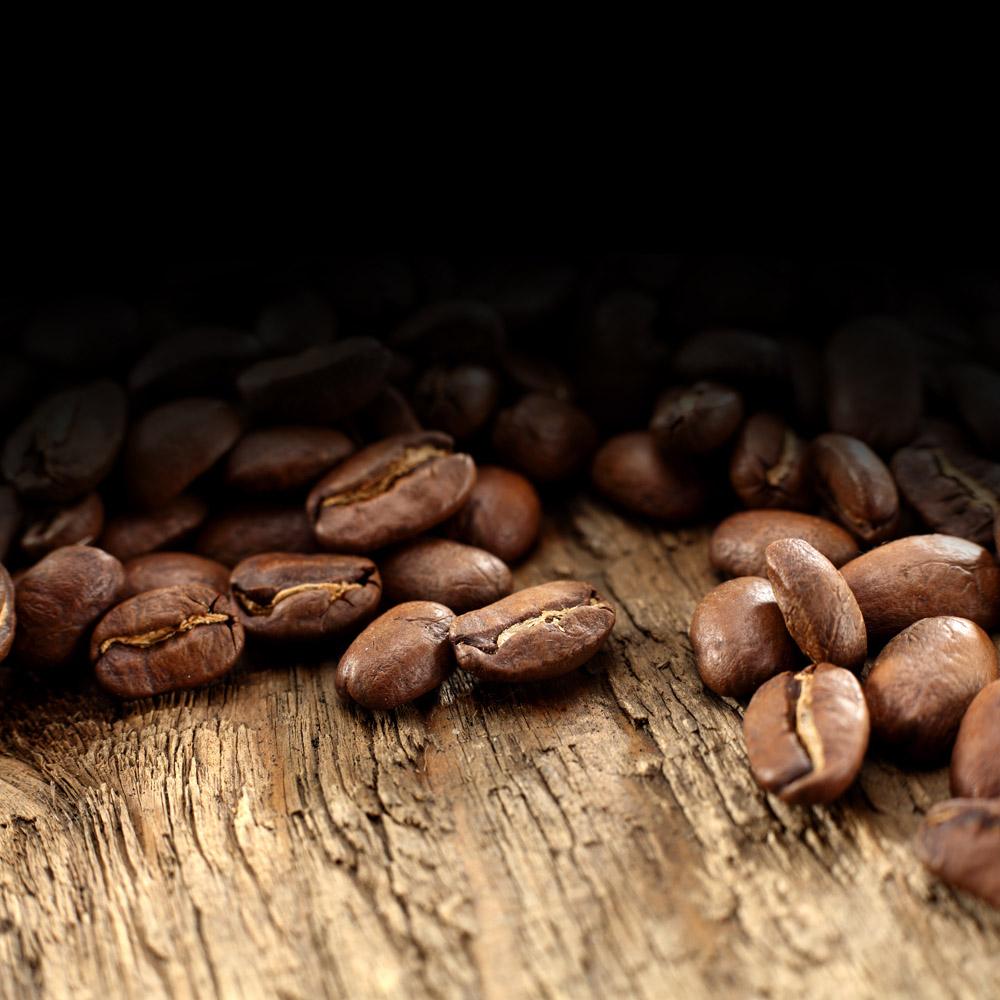Introduction to the flavor characteristics of Columbia Huilan coffee producing area
Colombian Coffee: drip Pot
Can brew the coffee with fragrant smell and the least miscellaneous flavor. The structure of this drip filter pot is very simple, there is only a conical container, much like a cup, the inner edge of the container must be covered with filter paper, and then put in coffee powder, brewed in hot water. This method makes the hot water in contact with the coffee powder once, and then falls into the cup, so it will only extract the substances that play a higher level, and can filter out the sundries that affect the taste.
Steps to use:
1. Pour the right amount of ground coffee powder into the pot and screw on the supercharger to flatten and tighten the coffee a little. The tightness of the pressurizer determines the tightness of the coffee powder and the speed of dripping, which is directly related to the final extraction concentration.
two。 First use the slow paddling method to inject a little hot water, just wet the coffee powder, close the lid and wait for 30 seconds, this process is also called steaming.
3. Then pour all the remaining hot water, re-close the lid, and wait for the extracted coffee liquid to fall into the lower receptacle. The process will be completed in about 2 minutes.
[related reading]
Colombian coffee is famous all over the world.
Follow the caf é (Wechat official account vdailycom) and found that Beautiful Cafe opened a small shop of its own.
Colombia, located in the northwest of South America, is a beautiful country with a long history. Indians have lived on this land since ancient times. It was colonized by Spain in 1531 and gained independence in 1819. It was renamed in 1886 to commemorate Columbus, the discoverer of the American continent. In 1808, a priest introduced coffee to Colombia for the first time from the French Antilles via Venezuela.
Colombia has four treasures: flowers, gold, emeralds and coffee. You can see the importance of coffee Colombia. And there may be very few coffee in the world named after a country, such as Nestle Coffee and Blue Mountain Coffee are not named after a country. Colombia is the first country to use the name of the country as a brand of coffee. Colombian coffee is famous for its quality, taste and high taste. Colombia's coffee production occupies a very important part of the country's economic life, with annual exports of about 1.5 billion US dollars, accounting for a large proportion of its foreign trade.
Just as only wine produced in the champagne region of France can be called champagne, only coffee produced in Colombia and picked by hand can be called "Colombian coffee". Colombian coffee is one of the few original coffee sold in the world under the name of the country. In terms of quality, it has won praise unmatched by other coffee.
Today, Colombia is the world's third largest coffee producer and exporter, the world's largest exporter of Arabica coffee beans and the world's largest exporter of washed coffee beans.

The unique geographical environment creates Colombian coffee.
Colombia has beautiful mountains and rivers, beautiful scenery, pleasant climate, spring all year round, fresh air and refreshing air. Colombia's mild climate, humid air, and diverse climate make it a harvest season all year round, with different kinds of coffee ripening at different times. What they grow is Arabica coffee beans of unique quality, and the coffee made from this coffee bean has a rich taste and endless aftertaste, which can be called fine coffee. Nowadays, many people equate "Colombian coffee" with "high quality" and "good taste".
The world coffee is divided into two series, one is the "hard" coffee represented by Brazil, which has a strong flavor, and the other is the "soft" coffee represented by Colombia, which has a light flavor. The difference lies in the altitude of the producing area and the method of planting. Coffee is planted extensively in hilly red soil in Brazil and intensive cultivation in mountain black soil in Colombia.
Colombian coffee is divided into more than 200 grades, which means that the coffee is very regional. The country's coffee-producing areas are located in the Andes, where the climate is mild and the air is humid. Colombia has three Codiera mountains running north and south, right into the Andes. Coffee is grown along the highlands of these mountains. The mountain steps provide a diverse climate, where the whole year is the harvest season, and different kinds of coffee ripen at different times. And fortunately, unlike Brazil, Colombia doesn't have to worry about frost. There are about 700 million coffee trees in Colombia, 66% of which are planted in modern plantations and the rest on small traditionally run farms.
The pure taste of Colombian coffee, in addition to the natural environment with the most favorable conditions for coffee growth, is inseparable from the hard work of local growers. In Colombia, coffee cultivation has reached 1.07 million hectares, there are about 302000 coffee plantations in the country, and 30 to 40 per cent of the rural population depends directly on coffee production. Although there are many farms in Colombia, they are not large in area. The area of each farm is only about 2 hectares, and more than 80% of the coffee plantations have only about 5000 coffee trees, an average of 3000. Thus it can be seen that agriculture in Colombia belongs to the small-scale farm type. The locals plant tall trees or banana trees around the coffee trees. Build an Arbor for coffee trees at the seedling stage to ensure the cool and humid environment needed for coffee growth. Due to the high humidity, small temperature difference and slow ripening of coffee beans in the coffee forest, it is conducive to the accumulation of caffeine and aromatic substances, so the quality of coffee is the best.
Important Notice :
前街咖啡 FrontStreet Coffee has moved to new addredd:
FrontStreet Coffee Address: 315,Donghua East Road,GuangZhou
Tel:020 38364473
- Prev

Colombian coffee beans. How about Colombian coffee beans?
Followers of Cafe (official Wechat account vdailycom) found that Cafe Beautiful opened a small shop of its own. Anyone who drinks coffee often knows that Colombian coffee has a silky taste. It has won more praise than any other coffee: it is called green gold. The best coffee in Colombian coffee is Colombian super coffee, which is moderately mellow and acidic.
- Next

Colombia Coffee Bean History Origin Colombia Hand-brewed Fine Coffee Flavor Features
Pay close attention to the coffee comment (Weixin Official Accounts vdailycom) and find that the beautiful coffee shop opens its own small shop. Colombia coffee Colombia coffee is a representative excellent variety of Arabica coffee species. It is a traditional deep roast coffee with strong and memorable taste. Its fragrance
Related
- Detailed explanation of Jadeite planting Land in Panamanian Jadeite Manor introduction to the grading system of Jadeite competitive bidding, Red bid, Green bid and Rose Summer
- Story of Coffee planting in Brenka region of Costa Rica Stonehenge Manor anaerobic heavy honey treatment of flavor mouth
- What's on the barrel of Blue Mountain Coffee beans?
- Can American coffee also pull flowers? How to use hot American style to pull out a good-looking pattern?
- Can you make a cold extract with coffee beans? What is the right proportion for cold-extracted coffee formula?
- Indonesian PWN Gold Mandrine Coffee Origin Features Flavor How to Chong? Mandolin coffee is American.
- A brief introduction to the flavor characteristics of Brazilian yellow bourbon coffee beans
- What is the effect of different water quality on the flavor of cold-extracted coffee? What kind of water is best for brewing coffee?
- Why do you think of Rose Summer whenever you mention Panamanian coffee?
- Introduction to the characteristics of authentic blue mountain coffee bean producing areas? What is the CIB Coffee Authority in Jamaica?

